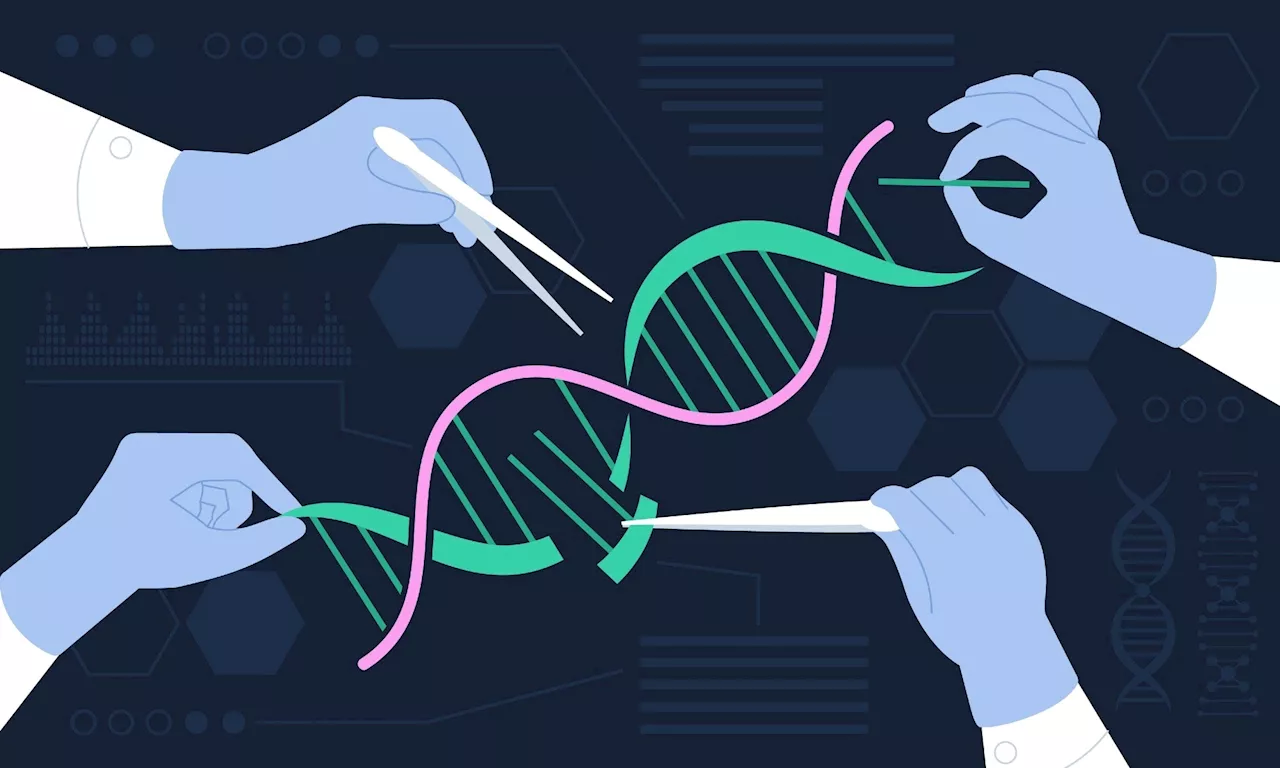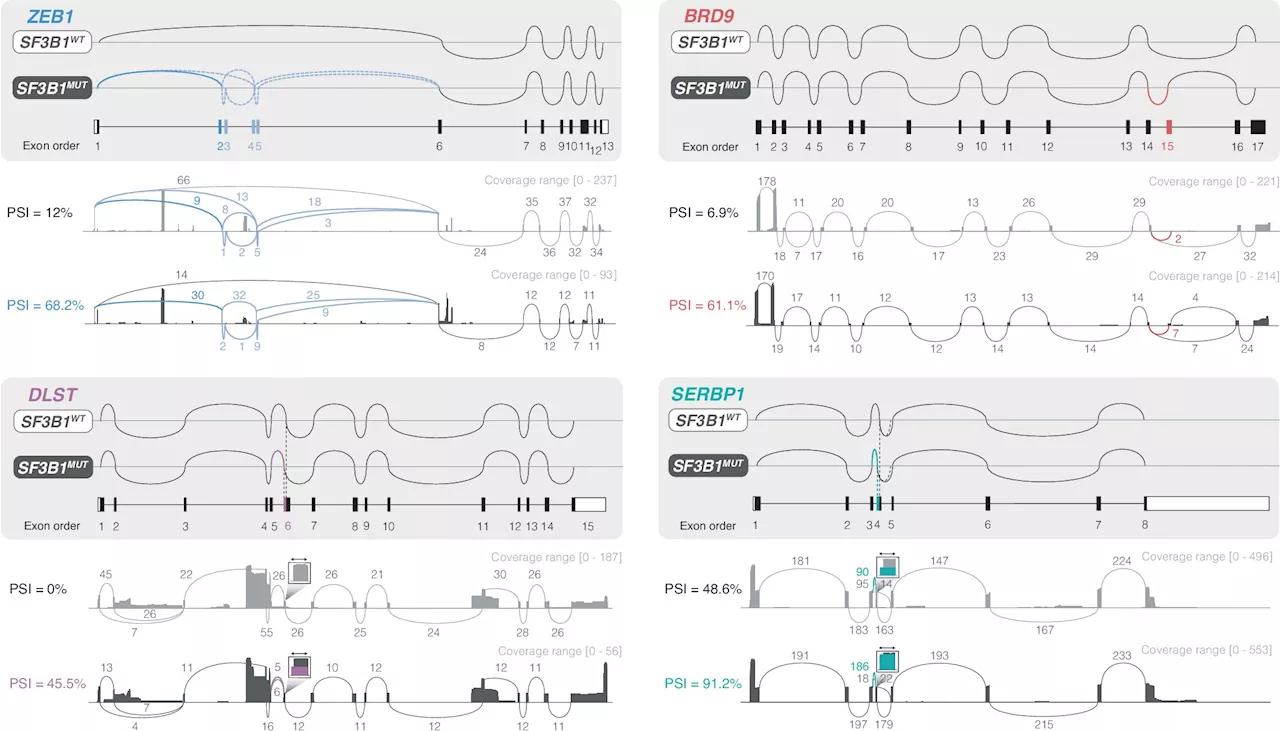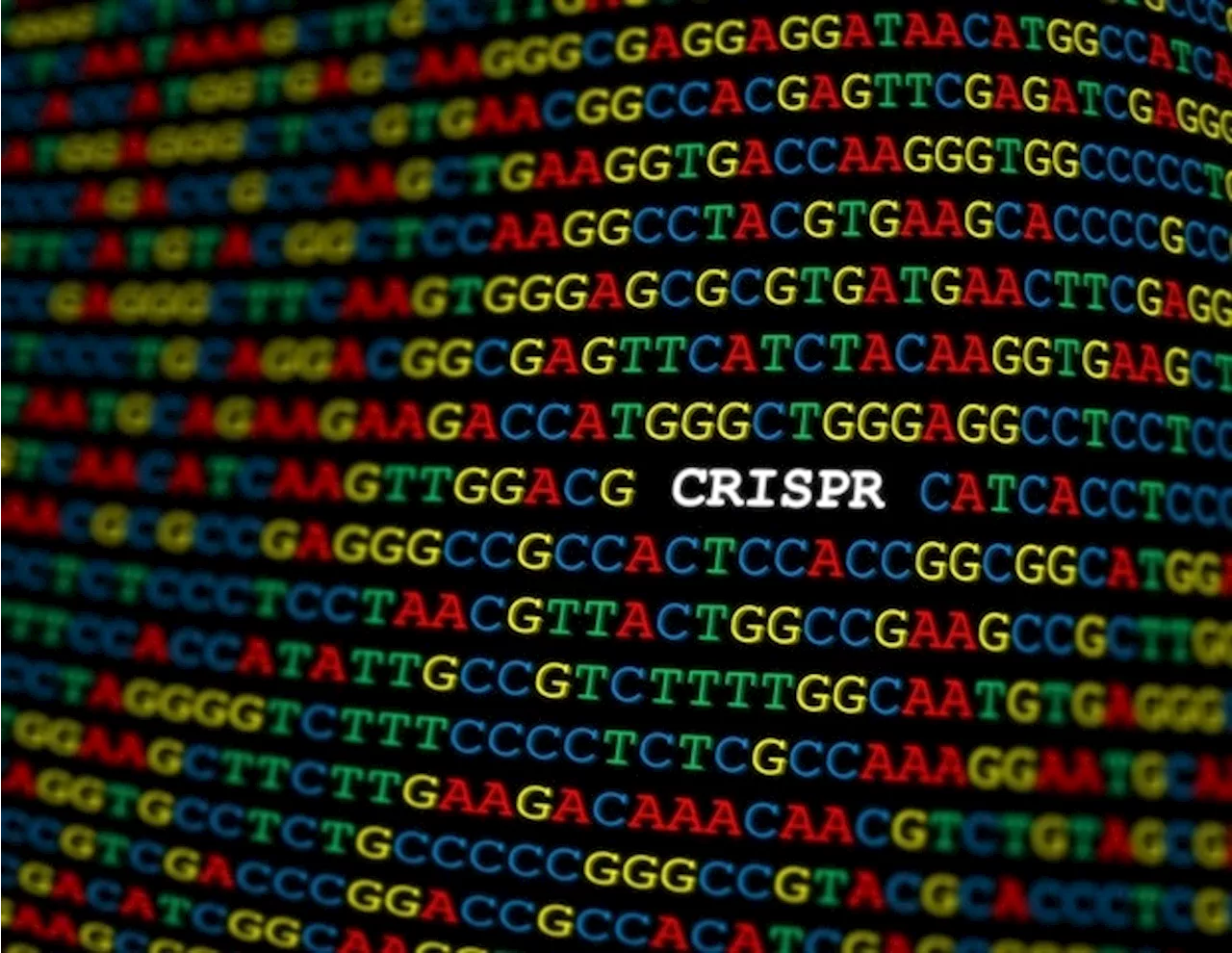CRISPR is a revolutionary tool that allows scientists to precisely modify the genome and gene expression of cells in any organism. It's a reagent-;a substance that facilitates a reaction-;that combines an enzyme with a programmable RNA capable of locating specific genetic sequences.
Lehigh UniversityOct 7 2024 CRISPR is a revolutionary tool that allows scientists to precisely modify the genome and gene expression of cells in any organism. It's a reagent-;a substance that facilitates a reaction-;that combines an enzyme with a programmable RNA capable of locating specific genetic sequences. Once guided to the correct spot, the enzyme acts like a pair of scissors, cutting, replacing, or deleting sequences of DNA .
Gonzalez-Fernandez and his team recently received a grant from the National Science Foundation to address this side effect, specifically when it comes to modifying genes for desired therapeutic outcomes.
Gonzalez-Fernandez credits Graham with incorporating machine learning into the project. The PhD student, who is supported by an NSF Graduate Research Fellowship, became intrigued by the potential of applying the technology after taking a machine learning course taught by Zhang. In order to function, however, CRISPR must penetrate a cell's nucleus. And so the second part of the NSF grant focuses on the side effects of how that machinery-;the enzyme and the RNA-;is delivered to cells via nanoparticle-based vehicles.
Gene Bioengineering Cancer Cartilage Cell Deep Learning DNA Enzyme Gene Expression Genes Genetic Genome Induced Pluripotent Stem Cells Machine Learning Nanoparticle Research RNA Stem Cells Technology Therapeutics
United Kingdom Latest News, United Kingdom Headlines
Similar News:You can also read news stories similar to this one that we have collected from other news sources.
 CRISPR-Cas13 emerges as a game changer in RNA-targeted therapiesIn recent years, the scientific community has made significant strides in the field of gene editing, particularly through the development of the CRISPR (Clustered Regularly Interspaced Short Palindromic Repeats) systems.
CRISPR-Cas13 emerges as a game changer in RNA-targeted therapiesIn recent years, the scientific community has made significant strides in the field of gene editing, particularly through the development of the CRISPR (Clustered Regularly Interspaced Short Palindromic Repeats) systems.
Read more »
 Cell-free RNA analysis enhances early detection of pediatric inflammatory conditionsRNA is expelled from cells via cell death or active release, and can then find its way into blood plasma. A Cornell University-led collaboration has developed machine learning models that use these cell-free molecular RNA dregs to diagnose pediatric inflammatory conditions that are difficult to differentiate.
Cell-free RNA analysis enhances early detection of pediatric inflammatory conditionsRNA is expelled from cells via cell death or active release, and can then find its way into blood plasma. A Cornell University-led collaboration has developed machine learning models that use these cell-free molecular RNA dregs to diagnose pediatric inflammatory conditions that are difficult to differentiate.
Read more »
 Small RNA molecule plays role in driving aging, research confirmsA team led by UNC School of Medicine researchers is the first to confirm that a small molecule called miR-29 plays a role in driving aging. Their new findings are published in Communications Biology.
Small RNA molecule plays role in driving aging, research confirmsA team led by UNC School of Medicine researchers is the first to confirm that a small molecule called miR-29 plays a role in driving aging. Their new findings are published in Communications Biology.
Read more »
 A new type of RNA could enhance vaccines and cancer treatmentsIt all started in the lab. Two Boston University doctoral students, Joshua McGee and Jack Kirsch, were creating and testing different types of RNA—strands of ribonucleic acid, built from chains of chemical compounds called nucleotides that help carry out genetic instructions in cells.
A new type of RNA could enhance vaccines and cancer treatmentsIt all started in the lab. Two Boston University doctoral students, Joshua McGee and Jack Kirsch, were creating and testing different types of RNA—strands of ribonucleic acid, built from chains of chemical compounds called nucleotides that help carry out genetic instructions in cells.
Read more »
 Understanding CRISPR TherapyCRISPR technology revolutionizes gene therapy, offering potential treatments for genetic disorders and cancers through precise gene editing techniques.
Understanding CRISPR TherapyCRISPR technology revolutionizes gene therapy, offering potential treatments for genetic disorders and cancers through precise gene editing techniques.
Read more »
 RNA-sequencing study provides novel insights into chronic lymphocytic leukemiaA new RNA sequencing study has shed light on the genetic underpinnings of chronic lymphocytic leukemia (CLL), a common blood cancer. Researchers analyzed gene expression patterns in CLL cells and identified several key pathways involved in disease progression.
RNA-sequencing study provides novel insights into chronic lymphocytic leukemiaA new RNA sequencing study has shed light on the genetic underpinnings of chronic lymphocytic leukemia (CLL), a common blood cancer. Researchers analyzed gene expression patterns in CLL cells and identified several key pathways involved in disease progression.
Read more »
